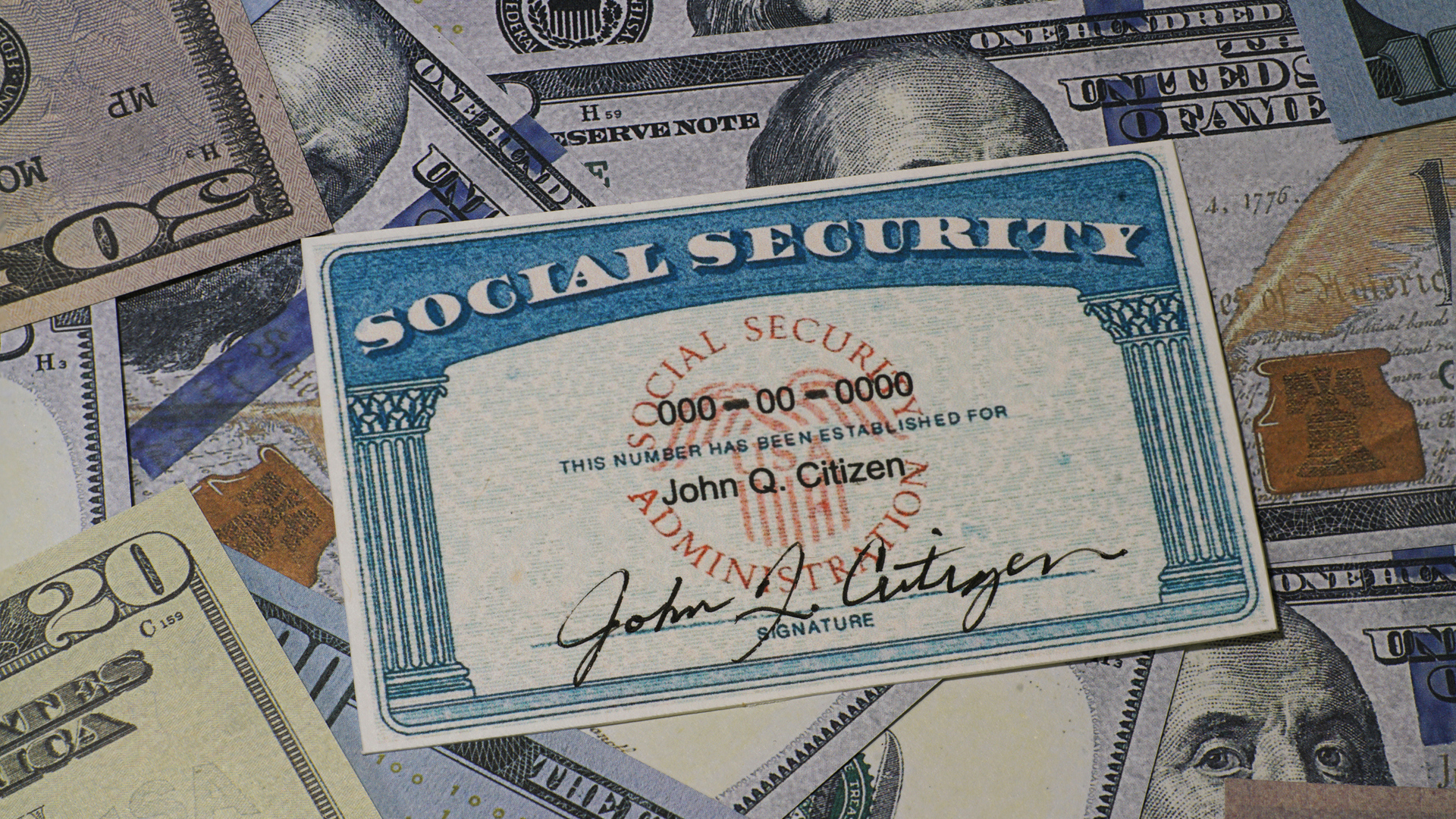The debt ceiling is the legal limit on the total amount of debt the federal government can accrue. As of October 2023, the debt limit stands at $31.4 trillion, though the national debt is currently over $32 trillion. If Congress does not raise the debt ceiling, the government may be unable to pay all its bills, including Social Security benefits.
About 66 million Americans depend on Social Security. If Social Security payments are delayed due to a debt ceiling standoff, it could cause financial hardship for beneficiaries. However, the potential impact is complicated by conflicting laws and the unprecedented nature of a U.S. default.
The Debt Ceiling Deadline
The Bipartisan Policy Center projects the “X date” when the U.S. will hit the debt limit could arrive between December 2023 and February 2024. Once the limit is reached, the Treasury Department will have to rely on “extraordinary measures” to keep paying the government’s obligations.
These measures would likely provide enough cash to pay benefits until mid-2024. After that, Social Security recipients could see delays in receiving their monthly payments if Congress does not act.
Legal Uncertainty
Exactly what would happen to Social Security checks is unclear due to contradictory laws.
- The Social Security Act states beneficiaries are entitled to full scheduled benefits.
- However, the Antideficiency Act prohibits government spending that exceeds available funds.
There are no laws that provide guidance on how to resolve this conflict. The unprecedented nature of a default also provides no historical precedent.
Potential Social Security Disruptions
Given the legal uncertainty, several scenarios could occur if the debt limit binds:
- Partial monthly payments – Social Security benefits could be paid at a reduced level each month using whatever tax revenues are available. This would significantly impact those relying on the program.
- Missed monthly payment – The Social Security Administration may not have the authority to pay partial benefits. In this case, an entire monthly benefit may not be paid on time.
- Indefinite suspension – Benefits could be halted entirely until the debt ceiling is resolved. This worst-case scenario would severely harm beneficiaries.
- Prioritization – The Treasury could prioritize Social Security payments over other obligations. However, logistical constraints make this option difficult.
Economic and Political Fallout
A debt ceiling impasse that delays Social Security benefits could have massive economic consequences. Consumer spending would likely plummet, while millions would struggle to pay for basic necessities.
The political environment would become toxic. Seniors are historically an important voting bloc. Lawmakers that precipitated a crisis would face fierce backlash. This suggests a compromise would eventually emerge.
Conclusion
While the potential exists for Social Security disruption, the most likely scenario is a last-minute deal to raise or suspend the debt limit. Nevertheless, beneficiaries should follow the ongoing debt ceiling debate and prepare contingency plans.











